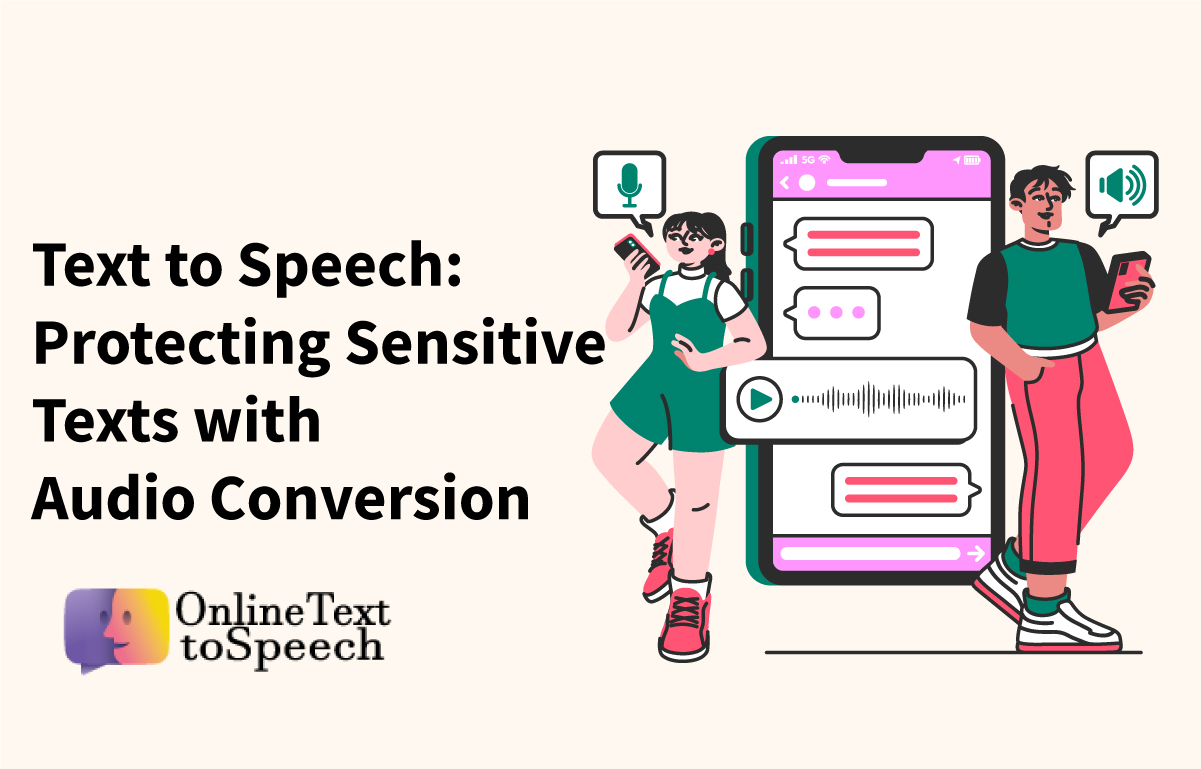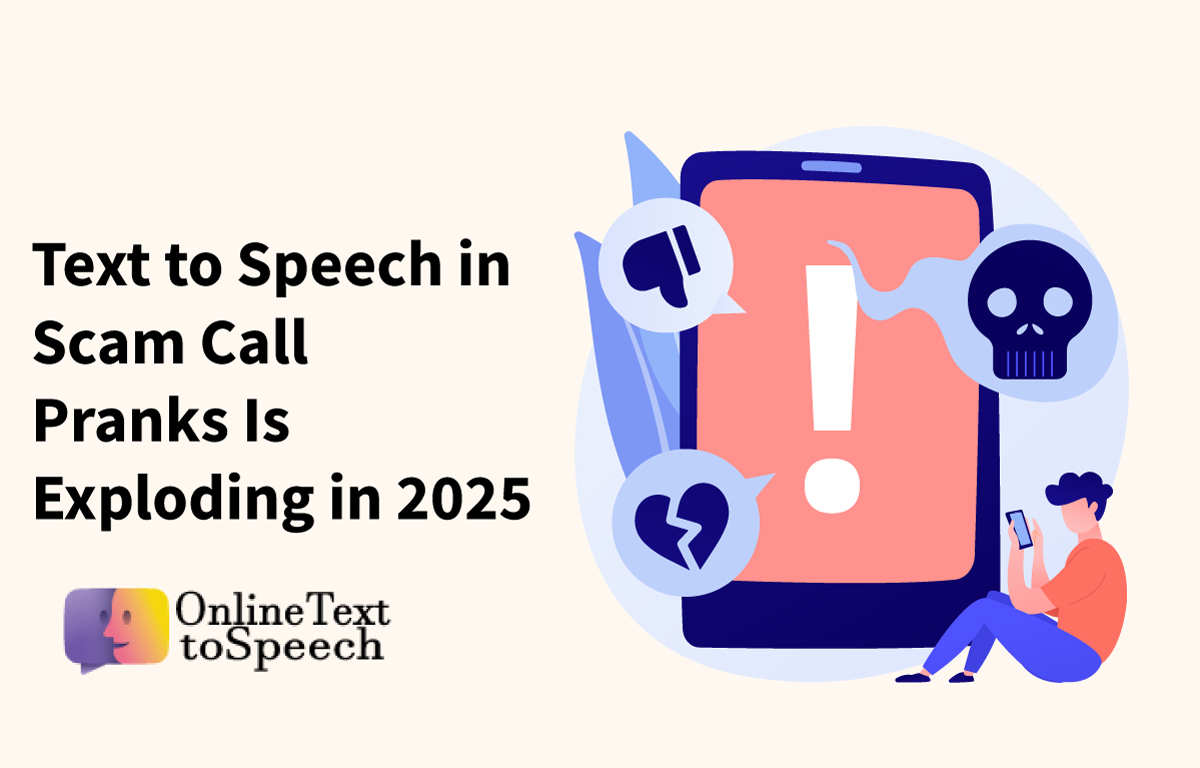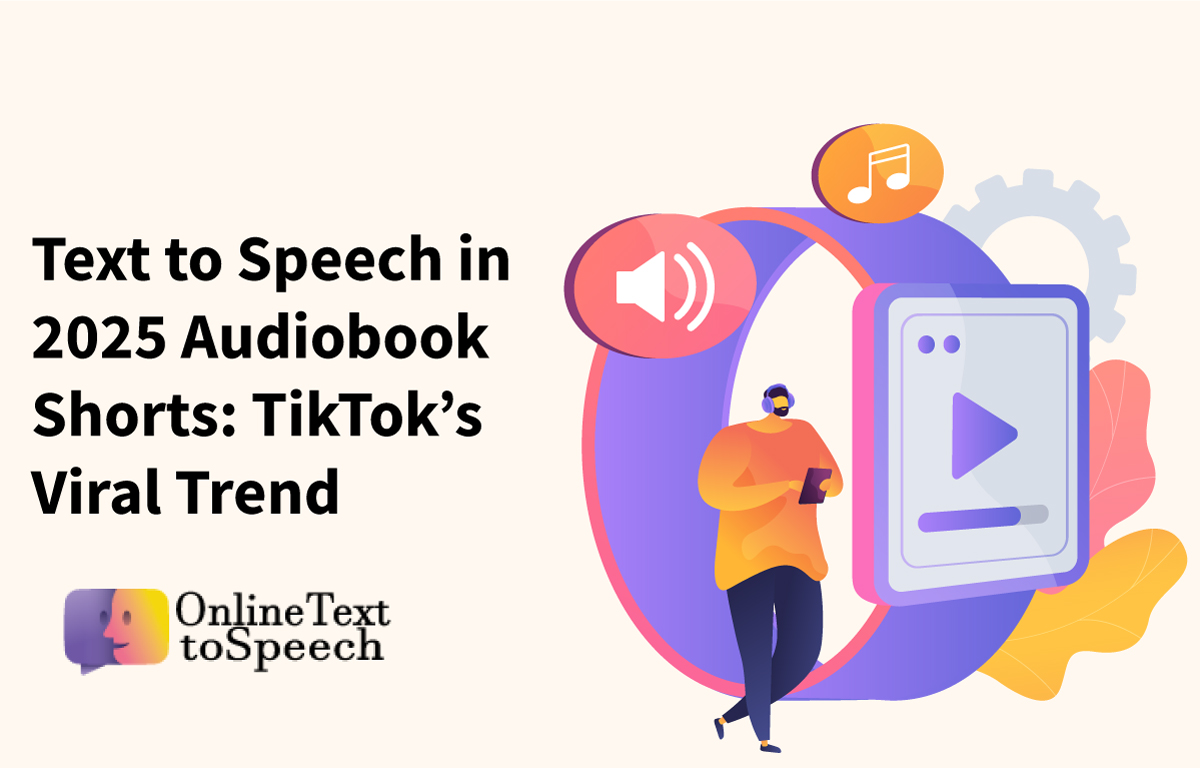
In 2025, the landscape of social media content has evolved dramatically, and one silent revolution behind the scenes is being powered by text to speech technology. What once began as an accessibility tool is now a vital content creation asset for influencers, educators, digital marketers, and meme-makers across every platform—from TikTok and YouTube Shorts to Instagram Reels and X (formerly Twitter).
The reason? Text to speech not only saves time but also adds consistency, personalization, and even humor to audio-visual storytelling. It gives creators the freedom to narrate without ever picking up a microphone.
The Rise of AI Text to Speech in Short-Form Content
AI technology has advanced at an unprecedented pace, especially in voice synthesis. The growth of AI text to speech has made it incredibly easy for users to convert written content into lifelike narration. Today’s AI voices aren’t robotic or monotone—they’re expressive, realistic, and often indistinguishable from human speech.
These smart voices are now being used widely in short-form videos. From tutorial-style clips to entertainment skits, creators are leveraging AI voiceovers to narrate, explain, or joke about the visuals without ever using their own voice. This is crucial for those who are camera-shy or want to maintain anonymity while still connecting with their audience.
Why Creators Are Turning to Text to Audio Free Tools
Social media thrives on fast, repeatable content, and using traditional voice recording just doesn’t scale. That’s why many creators are embracing text to audio free services to streamline production. With just a few clicks, a script can be turned into engaging speech, ready to drop into any video editor.
The best part is the variety. Free platforms offer multiple language options, voice types, speeds, and even tone controls. This allows for a customized experience that can be reused across a brand’s entire content series.
Not everyone has a studio-quality mic, but that’s no longer a limitation. Creators on a budget now have access to premium-sounding narration without needing professional gear.
Free Online Text to Speech as a Creative Power Tool
The new wave of content creators isn’t just using TTS as a shortcut—it’s become a part of their creative voice. Platforms offering free online text to speech are empowering users to experiment with tone, pacing, and even humor. The flexibility to try out different voices and see what works best for a particular script has opened up a whole new layer of storytelling.
This isn’t about replacing human voice-overs entirely. It’s about using TTS to enhance output, especially for content that needs to be delivered quickly and frequently. Social media thrives on speed, and creators now have a tool that matches their pace.
How Text to Speech Online Changed the Influencer Economy
The influencer economy has always rewarded speed, consistency, and relatability. With the help of text to speech online services, influencers are now producing more videos in less time without compromising quality.
It’s not just individuals who benefit. Brands now request TTS-enabled content from influencers because of its versatility. A product video narrated in different voices for different audiences can easily be localized and published across multiple regions, without the need to reshoot or re-record.
Additionally, AI voices don’t get tired, mispronounce words, or require retakes. This adds a level of efficiency that’s especially important for content calendars that demand daily uploads.
Voice Identity and the Role of Text to Speech Voices
Every creator has a signature style, and now, that includes voice. The rise of distinct text to speech voices has enabled creators to build a unique identity without ever recording their real voice. From serious documentary-style voices to playful, meme-friendly tones, these AI-generated voices have become part of a creator’s brand.
This trend has also helped maintain consistency in series-based content. A recurring voice across multiple episodes or themes gives viewers a familiar experience, even if the topics or visuals vary.
The ability to change voices at will also adds a new layer of flexibility. A single creator can run multiple series with different personalities, thanks entirely to a rich library of synthetic voices.
The Growing Popularity of Text to Voice Generator Tools
Search interest around text to voice generator platforms has surged in 2025, not just because they’re trendy, but because they actually solve a recurring problem: content fatigue. Every creator hits a wall where recording new audio becomes a burden. TTS eliminates that.
By simply writing out what they want to say, creators can maintain output without burnout. This is particularly useful in niche channels where the content is more informational or instructional and doesn’t require a personal tone.
Moreover, TTS platforms now integrate easily with popular editing software, making the transition from script to publish seamless. It’s no longer just a novelty—it’s a necessity.
How Free Tools Democratized the Text to Speech Generator Market
A few years ago, high-quality voice synthesis required expensive software or subscription models. But the accessibility of a text to speech generator—especially free ones—has flipped the script.
Now, anyone with internet access can use a TTS tool and get a near-professional result. This democratization has leveled the playing field, allowing small creators to compete with large studios in terms of voice quality and narrative style.
This trend also aligns with the broader shift toward “micro-content,” where short, punchy, engaging videos dominate feeds. TTS allows these clips to be quickly produced, tested, and iterated for maximum impact.
Why Text to Speech Free Platforms Are Winning in 2025
There’s no doubt that text to speech free tools are shaping how people interact with digital media. The ability to access high-quality AI voices at no cost has removed significant barriers for entry, particularly for emerging creators from developing regions or with limited resources.
Free TTS tools are now being used in ways that go beyond basic narration. People are using them to create character voices for storytelling, simulate interviews, or even dub content into different languages for international audiences.
And with natural-sounding voices now being offered in multiple dialects, creators have more control over how their message is delivered—both in tone and in reach.
TTS as a Bridge Between Accessibility and Engagement
Originally developed for accessibility, text to speech technology is now driving user engagement on social media. It still helps visually impaired users access content, but it also improves video watch rates when used as narration.
TTS adds context to visuals, especially in sound-off environments. Many social media users scroll with their sound muted—TTS makes sure the message is still heard, with clarity and impact.
This dual functionality makes it one of the few tools that’s both inclusive and strategically beneficial. Brands love it, users engage with it, and platforms prioritize videos with clear audio narration.
Short Form Meets Synthetic Voice: The TikTok Effect
TikTok has arguably done more to normalize AI narration than any other platform. Viral trends now often include a signature AI voice. Many of the platform’s most-watched videos feature narration created with AI text to speech, setting a precedent for how short content is consumed and produced.
This isn’t just about convenience—it’s about familiarity. Audiences now expect that snappy, slightly quirky narration style in short videos. It’s become part of the culture.
As other platforms race to catch up with TikTok’s short-form dominance, we’ll likely see more built-in TTS features directly in social media apps. Until then, creators continue to rely on external platforms to get the job done efficiently and creatively.
Creating at Scale with Text to Speech Technology
One of the biggest challenges in content creation is scaling without sacrificing quality. Whether you’re a solo creator or part of a digital team, using text to speech lets you focus on what matters: ideation, editing, and engagement.
Tools like onlinetexttospeech.net have made it incredibly simple to go from script to final audio with just a few inputs, helping creators maintain momentum and stay on schedule.
This kind of scale was previously only possible with full production teams, but now, the same output can be achieved from a single laptop.
What’s Next for Text to Speech in the Creator Economy?
As we move further into 2025, the trajectory is clear: text to speech isn’t just a supplementary tool—it’s central to how we tell stories online. With improved voice modulation, emotional delivery, and multi-language support, TTS is positioned to be a primary component of content strategy.
Expect even more integration into platforms, real-time narration capabilities, and perhaps even AI voices that can be trained to mimic a creator’s unique voice. This will open up even more creative freedom while maintaining authenticity.
Whether you’re a content creator, marketer, or simply someone looking to make your messages more impactful, TTS is a tool worth mastering.
FAQs
Text to speech converts written text into spoken words using synthetic voices powered by AI algorithms.
Yes, many free tools allow commercial use, but check each platform’s licensing terms before use.
Absolutely. AI-generated narration is widely used in YouTube explainer videos, tutorials, and shorts
They’re highly realistic and often indistinguishable from human voices, offering emotional tone and clarity.
Many beginners prefer intuitive platforms like onlinetexttospeech.net for their ease of use and high-quality output.
Conclusion
Social media is evolving faster than ever, and creators need every advantage they can get. Text to speech has emerged as more than just a utility—it’s a creative partner. As platforms reward volume, engagement, and originality, TTS empowers creators to keep up without burnout.
With AI-powered tools getting smarter and more nuanced, the era of manual voiceover work is shifting. Now, all you need is a script, a few clicks, and your next viral voice is ready to go.





